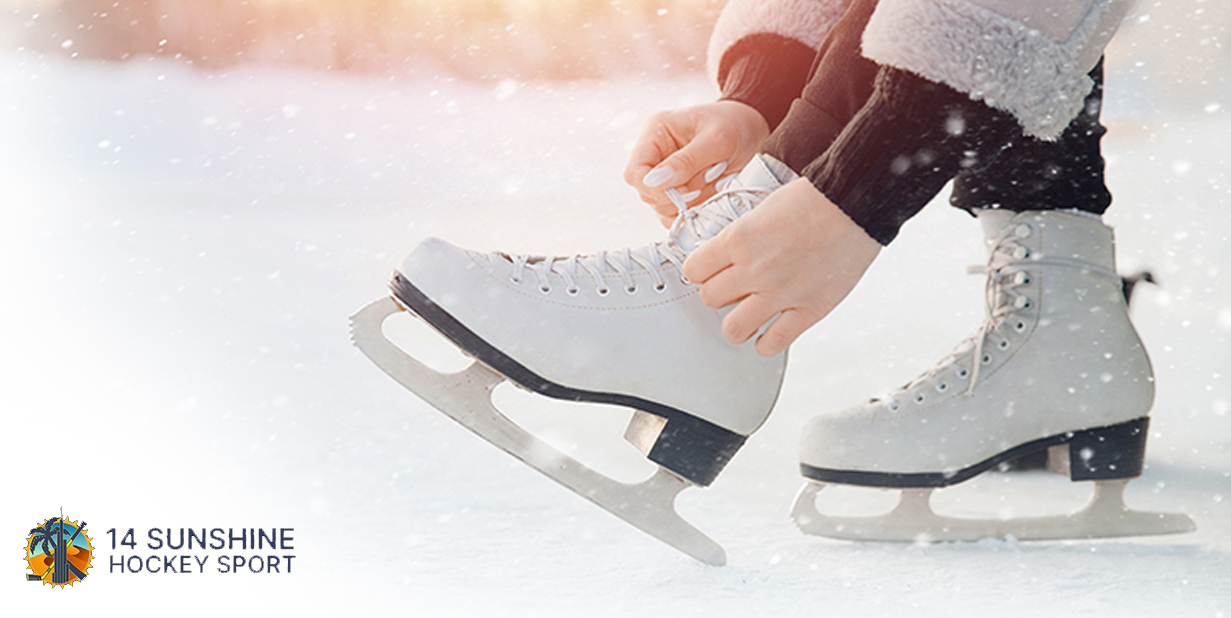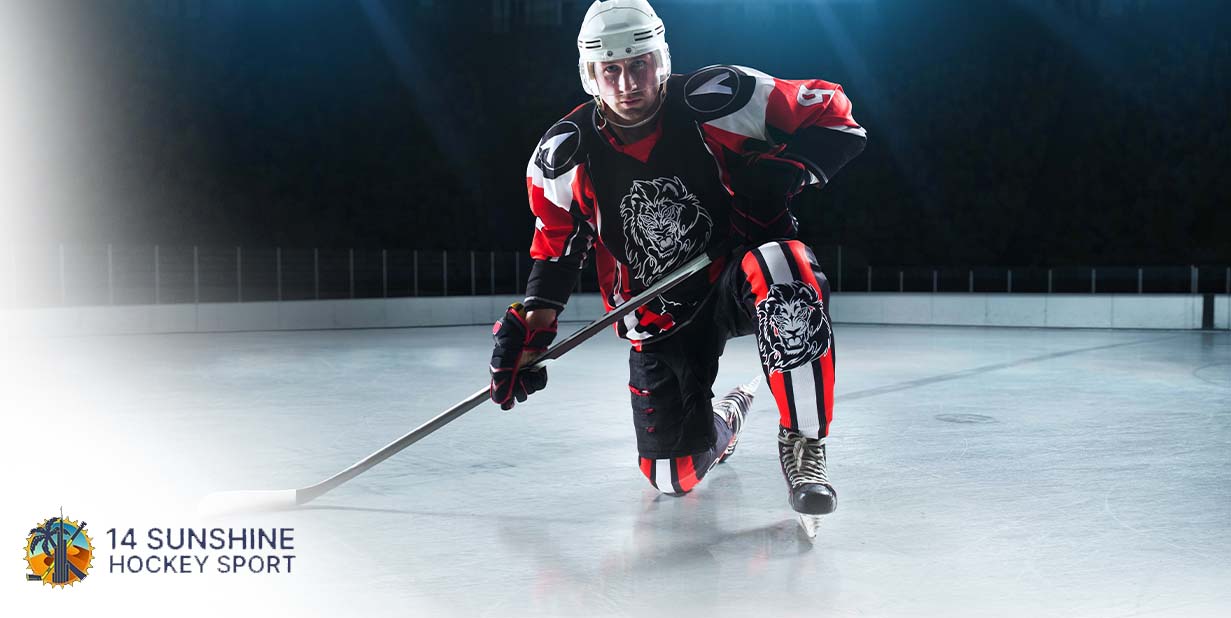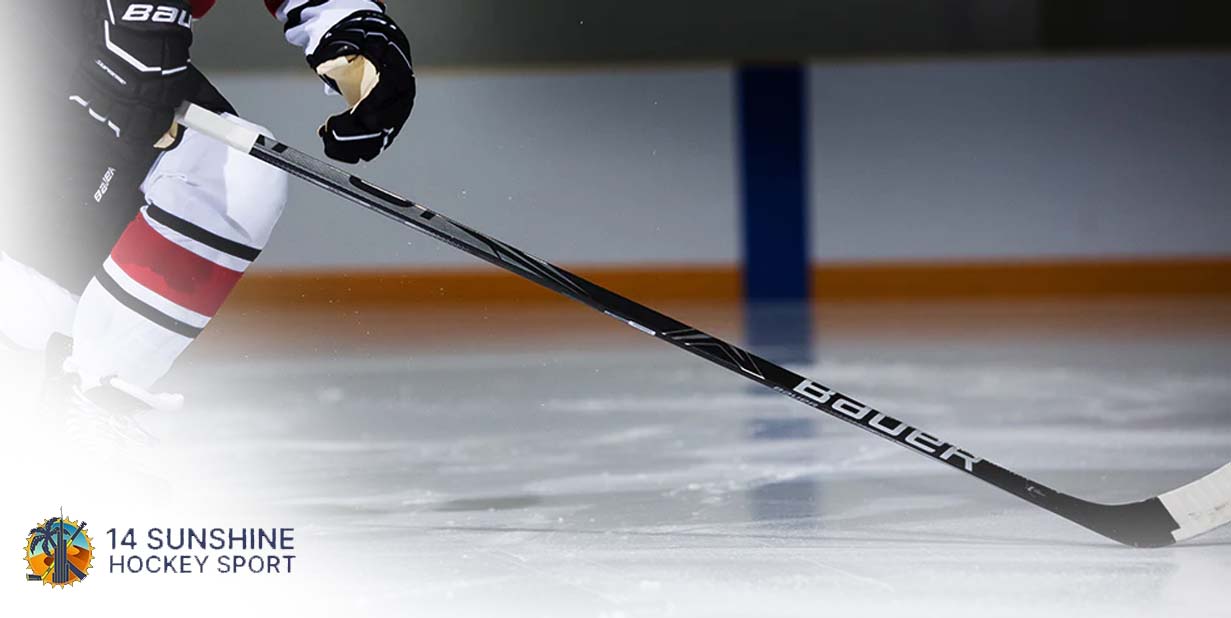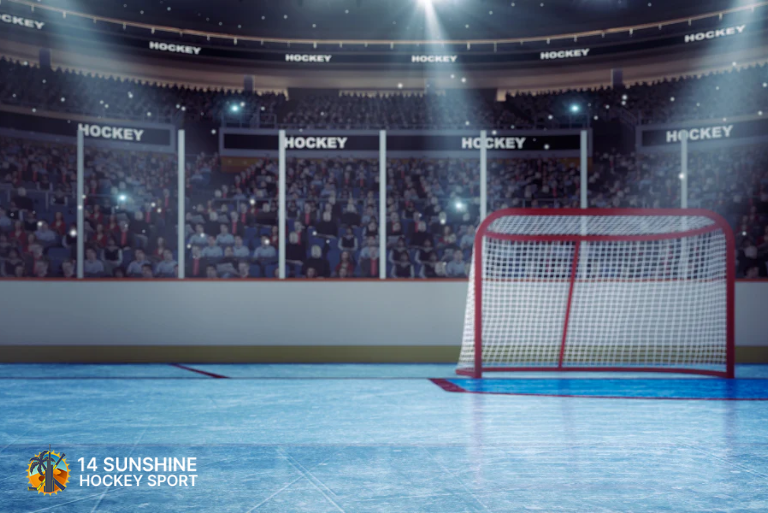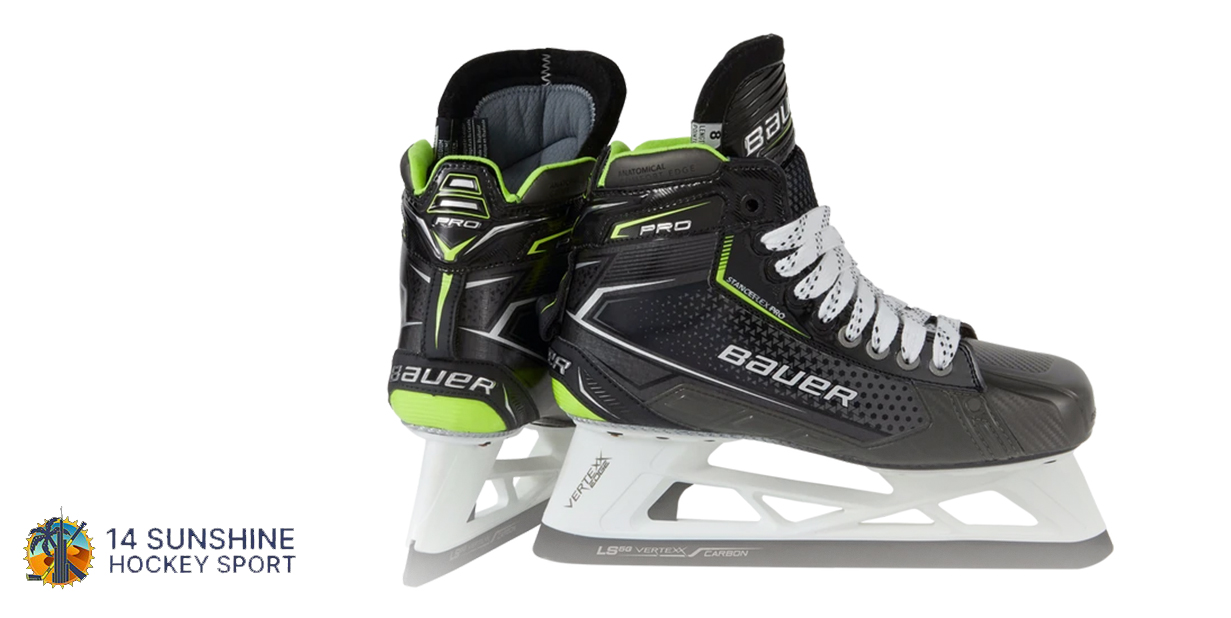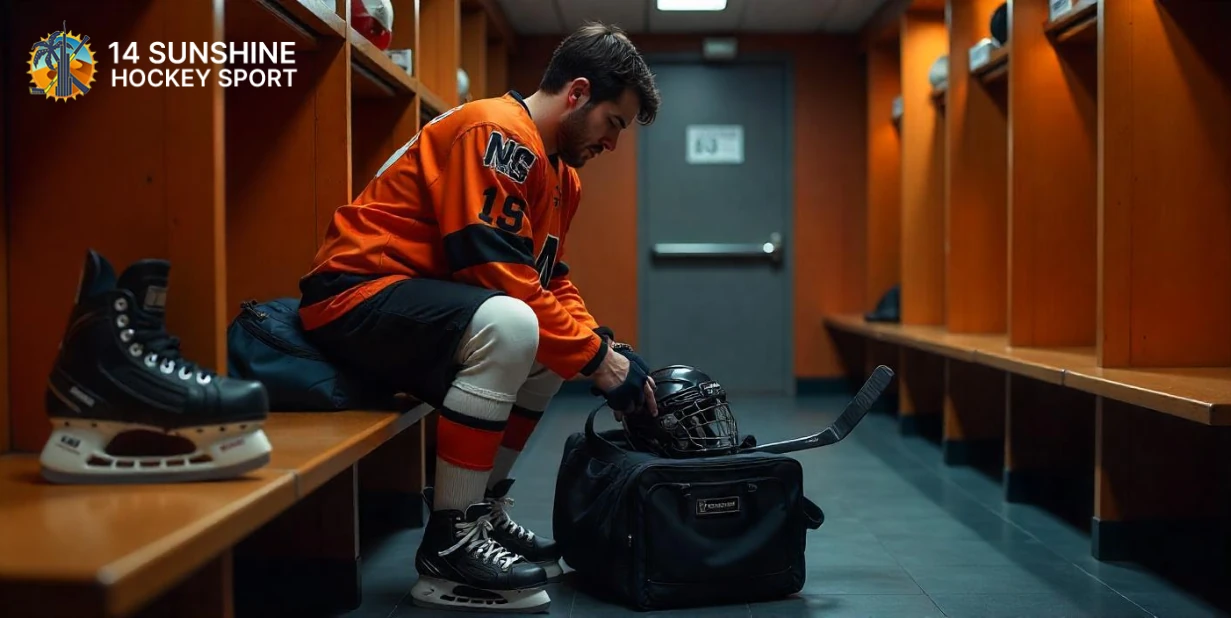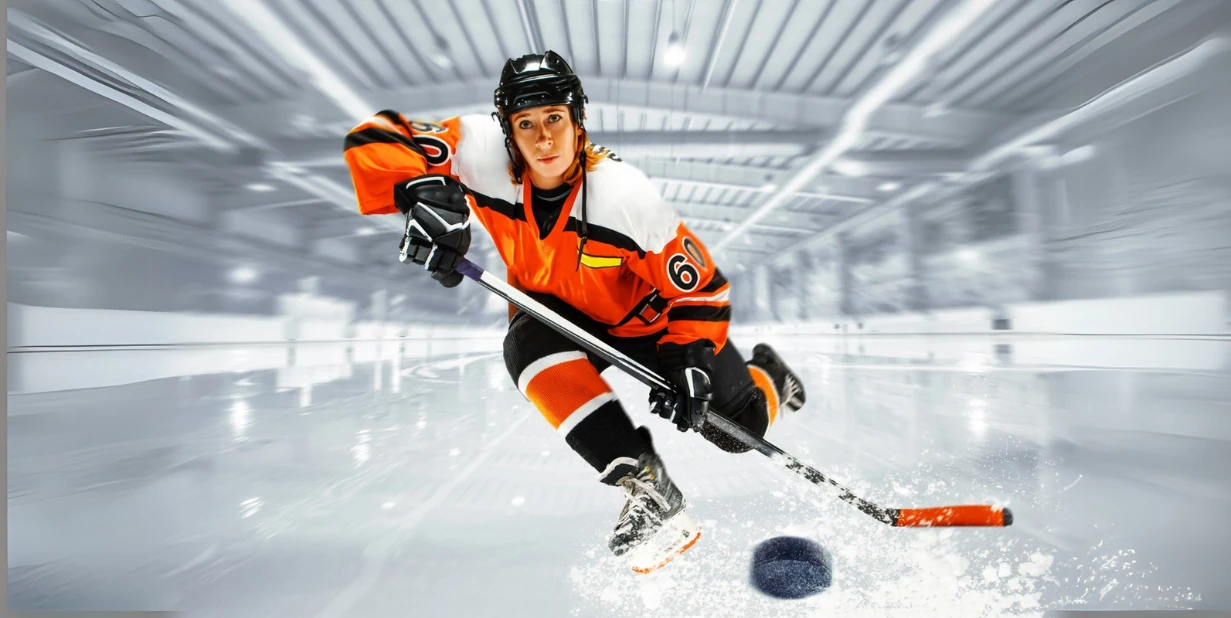Ice Hockey Stick Length: How to Measure and Adjust
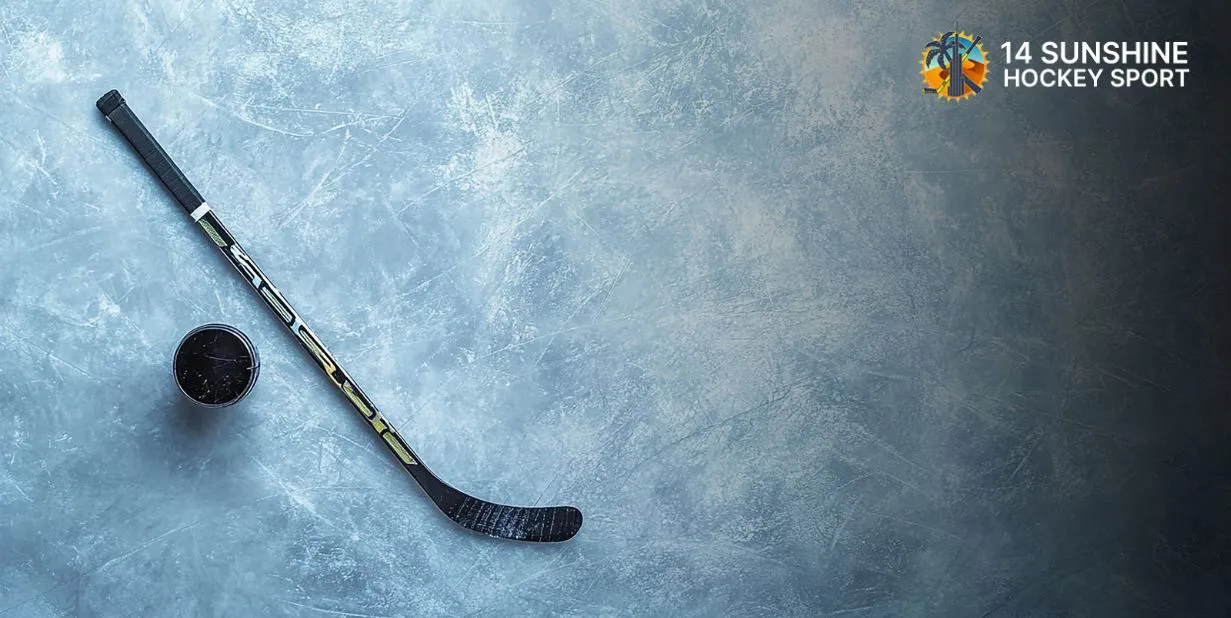
Choosing the right ice hockey stick is one of the most critical decisions a player can make. The length, material, and curve of your stick can dramatically affect your performance on the ice, influencing your shooting accuracy, puck control, and overall mobility. In this blog, we’ll explore how to properly measure and adjust your stick length based on your playing style, while also looking at tools like the ice hockey stick size guide and tips for customization with ice hockey stick tape.
1. Why Ice Hockey Stick Length Matters
The length of your ice hockey stick has a direct impact on your ability to control the ice hockey stick and puck. A stick that’s too short will limit your reach, while one that’s too long may hinder your maneuverability and make stick handling more difficult. Getting the right balance is essential for both offensive and defensive play.
- Offensive Players: Typically prefer shorter sticks that allow for quicker puck handling and more accurate wrist shots.
- Defensive Players: Often opt for longer sticks to maximize their reach, enabling better poke checks and shot-blocking.
Understanding your role and playing style is key to determining the right stick length.
2. How to Measure Ice Hockey Stick Length
There are a few ways to measure your ice hockey stick length, and the method you choose will depend on your personal preference and position on the ice.
Stick Length Without Skates
- Stand the stick up vertically in front of you, with the blade flat on the ground.
- For most players, the stick should come up to your chin or the tip of your nose.
Stick Length With Skates
- When wearing your skates, repeat the measurement process with the blade of the stick resting on the ground.
- The top of the stick should reach between your chin and collarbone.
Adjusting for Playing Style
- Shorter Stick: Players who focus on puck control and shooting will benefit from a shorter stick that comes up to about the chin when wearing skates.
- Longer Stick: Defensemen and players who focus on checking and defending should use a stick that reaches up to the nose or slightly higher when wearing skates.
Using an Ice Hockey Stick Size Chart
For precise measurements, you can also refer to an ice hockey stick size chart, which breaks down stick lengths by player height and age group. This chart is particularly useful for younger players or beginners who are unfamiliar with stick sizing.
3. Adjusting Your Stick Length
Once you’ve determined the best size for your stick, you might still need to make some adjustments for comfort and performance.
Cutting the Stick
If your stick is too long, you can easily trim it down to the desired length using a saw. After cutting, be sure to add a fresh layer of ice hockey stick tape around the handle for grip and control.
Adding Extensions
Conversely, if your stick is too short, you can add an extension plug to lengthen it. This is particularly useful for taller players who might need more reach than what’s offered by standard stick sizes.
4. Customizing Your Stick with Tape
Ice hockey stick tape plays a vital role in optimizing your stick for better control and durability. Not only does it enhance your grip, but it also helps you control the puck more effectively.
Tape the Blade
Applying tape to the blade of your stick improves puck control and protects the blade from wear and tear. Most players use either black or white tape, depending on their visibility preferences on the ice.
- Toe to Heel vs Heel to Toe: You can wrap the tape from the toe of the blade to the heel or vice versa. Toe-to-heel wrapping is favored for players who prefer better control during shots, while heel-to-toe wrapping can enhance puck handling.
Tape the Handle
Taping the top of the stick provides better grip and prevents the stick from slipping out of your hands during intense moments in the game. Some players also add extra layers or bumps in the tape to customize the feel of their grip.
5. Selecting the Right Stick for Your Playing Style
While ice hockey stick length is a critical factor, you also need to consider other aspects of your stick such as the material, curve, and flex. Let’s break it down by playing style:
Offensive Players
- Stick Flex: A lower flex (in the range of 65-85) is ideal for offensive players who prioritize wrist shots and snap shots.
- Blade Curve: Opt for a mid-toe curve if you want to improve puck handling and shooting accuracy.
Defensive Players
- Stick Flex: Defensive players generally opt for a higher flex (85-110) to deliver more powerful slap shots and passes.
- Blade Curve: A heel curve works well for defensive players, providing better control during slap shots and clearing the puck out of the zone.
6. The Importance of a Good Stick Bag
Once you’ve got the perfect stick, protecting it is essential for longevity and performance. Investing in a durable ice hockey stick bag is a smart way to transport your sticks safely to and from the rink.
- Protection: Stick bags prevent your stick from getting scratched, chipped, or damaged during travel.
- Convenience: Many stick bags come with compartments for storing ice hockey stick tape, pucks, and other accessories you might need on the ice.
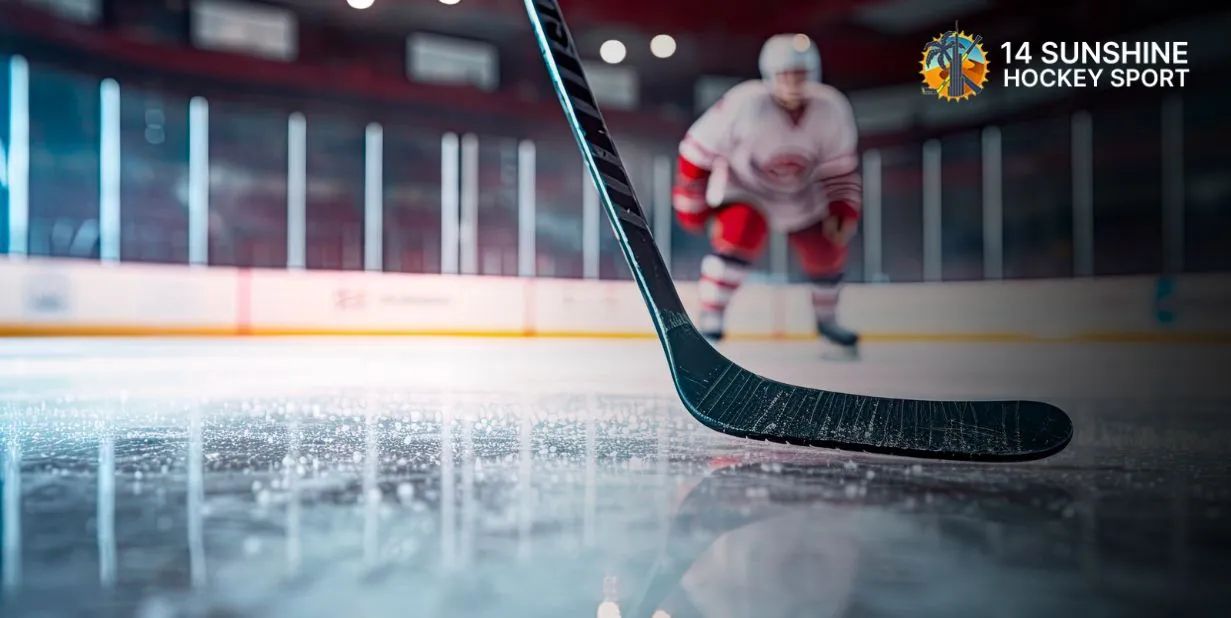
7. Stick Care and Maintenance
Proper care of your ice hockey stick will keep it in top condition, maximizing its lifespan and performance.
Avoid Overheating
Extreme heat can damage your stick’s composite materials, weakening its structure. Store your stick in a cool, dry place and avoid leaving it in your car for long periods.
Check for Cracks
Regularly inspect your stick for cracks, particularly around the blade and shaft. Even minor cracks can impact your control over the puck, so it’s best to repair or replace your stick as soon as you notice damage.
8. How Stick Length Affects Different Playing Styles
Whether you’re a defenseman looking for extra reach or an agile forward, the length of your stick influences various aspects of your game:
- Longer Sticks: Provide extra reach and are great for poke checks and defending. However, they might reduce puck handling agility and make shooting more cumbersome.
- Shorter Sticks: Offer better control for quick dekes, passes, and wrist shots. However, you may sacrifice reach and the ability to defend effectively.
Conclusion
Getting the right ice hockey stick length is a game-changer for players of all levels. With the help of a reliable ice hockey stick size guide, along with your unique playing style, you can measure and adjust your stick for maximum performance. Don’t forget to customize your stick with ice hockey stick tape and take care of it using a quality ice hockey stick bag. By following these tips, you’ll have the tools to elevate your game and dominate the rink!

